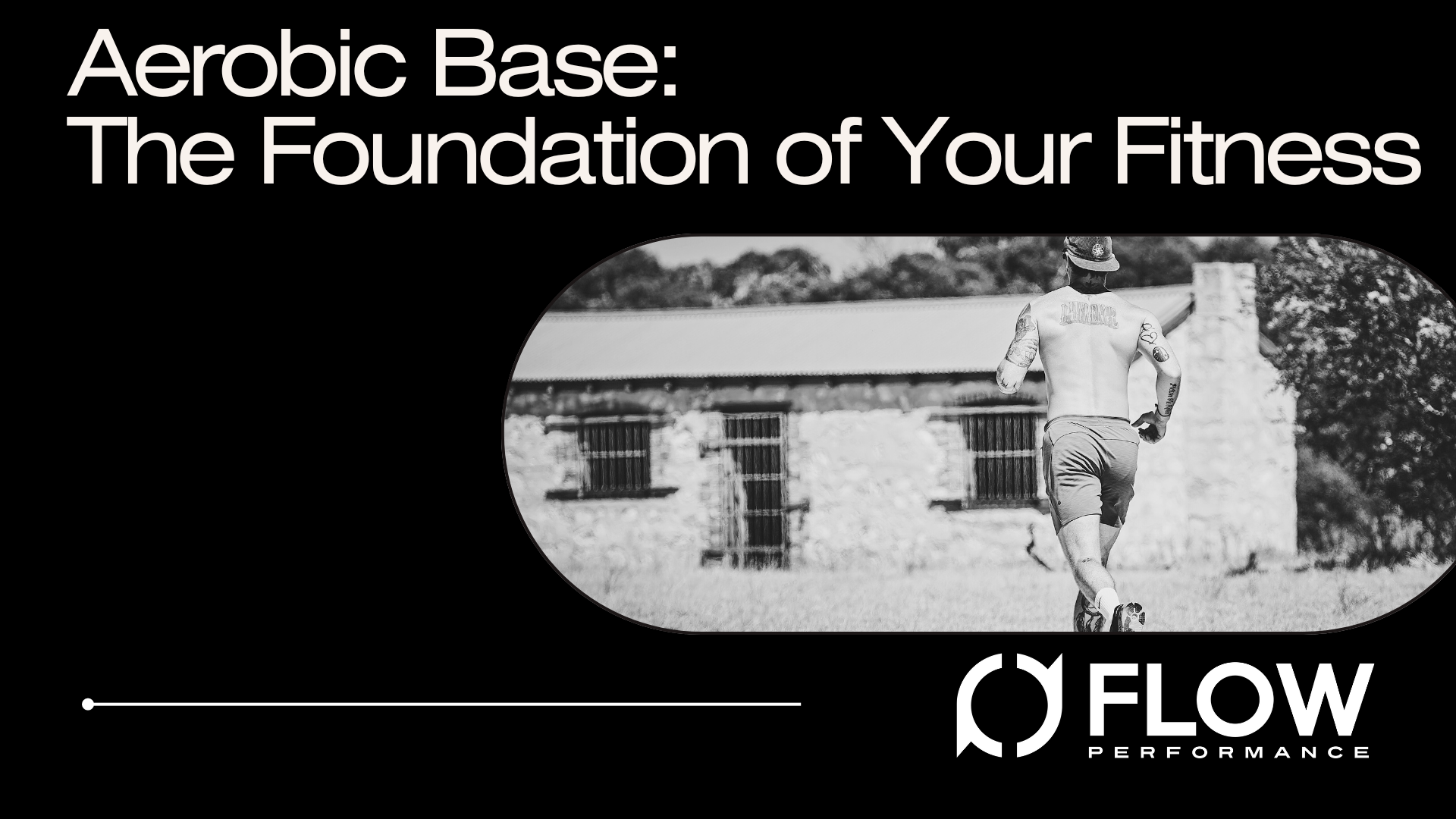If you’ve followed my fitness and endurance racing journey, you’ve likely heard me go on about the cornerstone of any solid fitness plan: aerobic fitness. Or as I like to call it, your ‘aerobic base.’
Much like a pyramid can’t stand tall without a broad base, your performance and health hinge on a well-developed aerobic foundation.
Aerobic Fitness: Why Should You Care?
Aerobic fitness isn’t just about gasping for air after a sprint. It’s about how efficiently your body can utilise oxygen, and convert it into the fuel your muscles scream for during a workout! This involves a slew of physiology; from lung power to heart strength, not to mention factors like age and genetics.
Here’s the kicker: aerobic base work is the exercise type specifically designed to boost this kind of fitness. Whether you’re running, rowing, cycling, or pushing through on any cardio machine, it’s all about enhancing your body’s capability to fuel itself using oxygen.
Why Aerobic Fitness is the Base?
Training your aerobic system is like upgrading your body’s engine. A stronger aerobic base means better performance. It means an increased ability to do more in workouts (without keeling over lol).
Developing a strong aerobic base will allow you to push harder, recover faster, and, let’s be honest, outlast the competition – on the track or in life.
The Nitty-Gritty of Aerobic Training
Every move you make, from fast-paced runs to those long rows uses a mix of fat and carbs for energy.
When you’re working aerobically, at about 55-75% of your max heart rate (think nasal breathing pace, or a pace you can still speak full sentences at), your body prefers to burn fats.
Amp up the intensity though, and your body shifts gears to use more carbs for quick bursts of energy. This switch is crucial! At high intensities, fats simply can’t keep up with the energy demands.
Training aerobically helps your body get better at using fats efficiently, so you save those precious carbs for when you reeaaalllly need them – bursts like sprinting to the finish line in a race or powering through the final minutes of a brutal class.
How to Train Your Aerobic Base – Simplified!
Let’s break down the 80/20 rule.
80% of your aerobic training should be at a low enough intensity to stay in the fat-burning zone (that’s zone 2 for the heart rate nerds). This is where the magic happens for building that base.
The other 20% – that’s your time to ramp up the intensity and give it all you’ve got.
For a handy benchmark, try the Maffetone Method: subtract your age from 180 for a rough max aerobic heart rate, then knock off another 10% to find your zone 2 sweet spot. Stick to this heart rate 80% of the time, and you’re golden.
If you’re not using a heart rate monitor, use nasal breathing as your guide here. If you have to open your mouth, you’re moving too quickly.
What’s in it For You?
Consistent training in this zone not only beefs up the number of mitochondria in your muscle cells (making you a fat-burning powerhouse) but also enhances your metabolic flexibility, which is just a fancy way of saying your body can switch between fuels like a hybrid car switches between gas and electric power.
Plus, let’s not forget the big wins like a lower resting heart rate and better blood pressure. Oh, and training at these manageable paces reduces wear and tear on your body, keeping you in the game longer and stronger. As I always say, consistency is king!
Lastly, if you’re a weightlifter and not an aerobically-inclined athlete, building your aerobic base will help you recover quicker between resistance exercise sets. Thus, you can get more work done in the same amount of time leading to greater gains!
So, there you have it. Aerobic base work is the unsung hero of fitness. It will set you up for everything from marathon PRs to increased muscle building and will help you feel fantastic during your daily grind.
Build that base, and the sky’s the limit.
Until next week, keep it steady and strong.
Coach Tom




